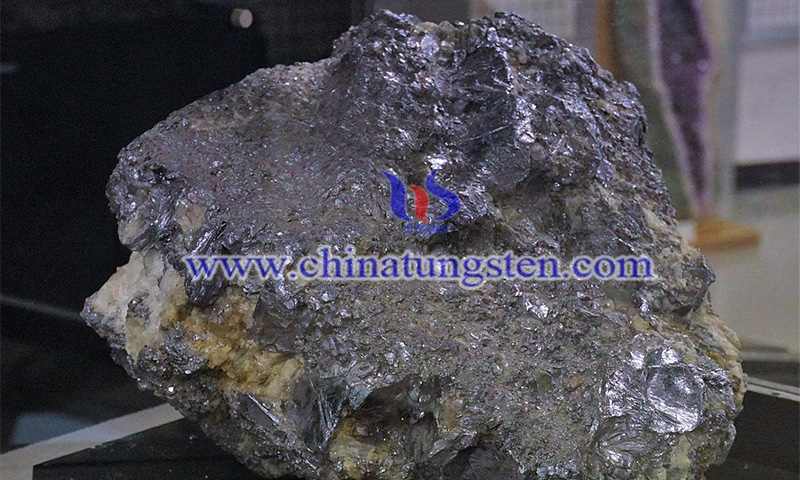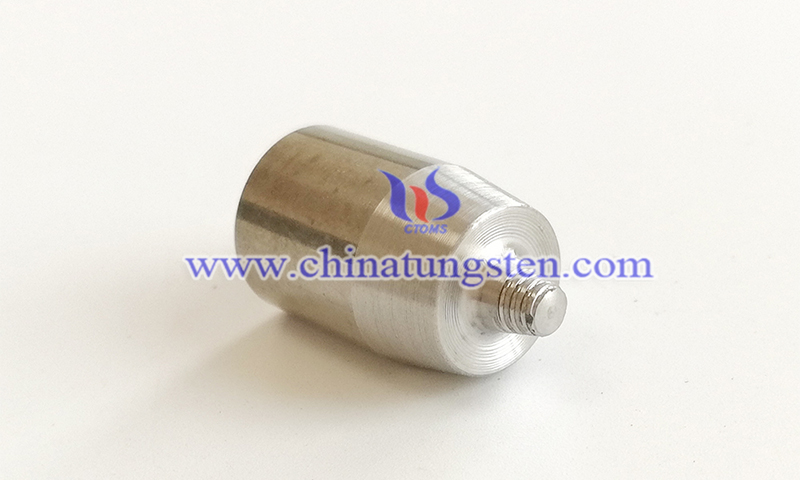Clean Separation and Purification for Molybdenum
- Details
- Category: Tungsten's News
- Published on Monday, 14 March 2022 21:36
With rapid industrialization, some Molybdenum (Mo) and Rhenium (Re) based alloy scrap is generated in successive preparation, manufacturing, and application processes. The separation and purification from secondary resource with high concentrations of Mo and Re shows great potential for recovery.
Mo is a rare refractory metal with a melting point of 2620 °C. As a non-renewable strategic metal for the development of high-tech industries, it contributes to the modernization of the country and strengthens national defense security. At present, most of consumed Mo is molybdenum trioxide and ferromolybdenum alloy. Re is a highly dissipative and refractory metal with a super high melting point of 3180 °C. For the rapid development of modern industrialization, a lot of research has been done on the extraction and purification techniques of Mo and Re.
According to the United States Geological Survey (USGS), the world's proven Mo resource reserves are about 180 million tons. China ranks first in the world in terms of Mo resource reserves, and there are many large deposits in China, mainly in Henan, Jilin, and Shaanxi provinces.

Henan Province has the richest Mo resources in China. Porphyry is the main type of Mo ore, where Mo and rhenium are mainly found in pyromorphite and copper sulfide. Rhenium and molybdenum have similar physicochemical properties, with similar ionic radii and electronegativity. Most pyromolybdenite concentrates are reported to contain only 10–310 ppm of Re. This innately large abundance difference and isomorphic nature make the separation of Mo and Re difficult to achieve.
Existing mineral separation techniques for Mo and Re are based on differences in the physical and chemical properties of the different minerals or dissolved materials. Through conventional physicochemical beneficiation methods, Mo and Re are typically enriched in molybdenite concentrates simultaneously.
During these physicochemical beneficiation processes, it is very difficult to effectively separate Mo and Re due to the close distribution relationship between Mo, Re, and S components. Chemical methods, such as roasting and leaching processes, have proven to be effective in the initial separation of Mo and Re by phase reconstruction of molybdenite ores.
The roasting reconstruction of Mo concentrates is the main technique applied in industry. Depending on the additives and reducing agents used, the main methods include oxidation roasting, solidification roasting, chlorination roasting, and reduction roasting. Oxidation roasting in a multi-chamber furnace is the most commonly used technique.

On the other hand, hydrometallurgical treatments, including atmospheric and pressure oxidation leaching, are also widely used to treat low-grade Mo concentrates and waste Mo-Re alloy scrap, using nitric acid or caustic soda and oxygen as activators. During leaching, both Mo and Re are converted to solution in these hydrometallurgical processes. In general, after pre-separation of Mo and Re from the Mo concentrate by roasting or leaching procedures, further purification of mixed solutions of Mo and Re at different concentrations is required.
Based on the different solubility of molybdate and perrhenate, chemical precipitation is mainly used to separate molybdenum and rhenium, although it is limited to highly concentrated solutions with low efficiency. Ion exchange and solvent extraction are commonly used in industry to separate Mo and Re.
However, common problems with ion exchange and solvent extraction are inefficient desorption and loss of extractants. Traditionally, these methods have been used to separate and enrich Mo and Re from highly concentrated solutions. In contrast, selective adsorption, selective condensation, paper chromatography, and electron paper chromatography are effective for processing low concentrations of mixed Mo and Re solutions.
| Molybdenum Supplier: Chinatungsten Online www.molybdenum.com.cn | Tel.: 86 592 5129696; Fax: 86 592 5129797;Email:sales@chinatungsten.com |
| Tungsten News & Prices, 3G Version: http://3g.chinatungsten.com | Molybdenum News & Molybdenum Price: http://news.molybdenum.com.cn |



 sales@chinatungsten.com
sales@chinatungsten.com